http://www.youtube.com/watch?v=w6TPV-M30gc
Documentary about successful Albanians in Switzerland
More information (in German): http://www.albinfo.ch/de/node/43809

http://www.youtube.com/watch?v=w6TPV-M30gc
Documentary about successful Albanians in Switzerland
More information (in German): http://www.albinfo.ch/de/node/43809
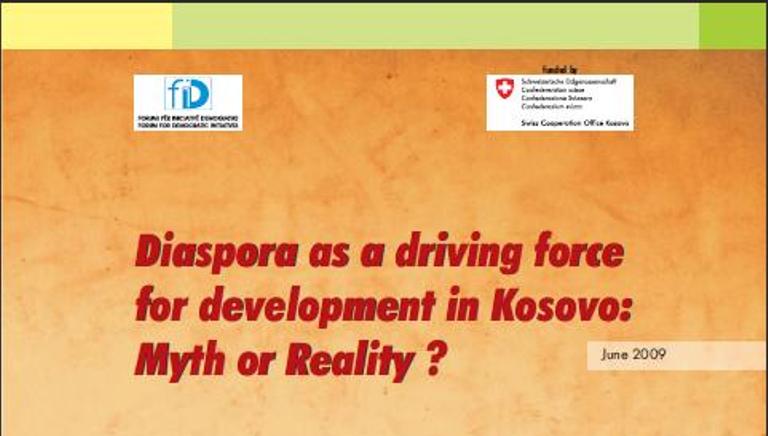
This report was presented at a conference co-hosted by Forum for Democratic Initiatives (FID), the Investment Promotion Agency of Kosovo (IPAK), the Prime Minister’s Office for Non Residential Affairs and the Swiss Cooperation Office in Kosovo on 23 June 2009. The report is based on results of a one year study conducted by FID in cooperation with the University of Neuchâtel, Switzerland, and commissioned by the Swiss Agency for Development and Cooperation (SDC) with the aim of initiating a policy debate about the impact of migration on Kosovo’s development. The study showed that while approximately one third of Kosovar households are receiving international remittances, these are used mainly for consumption and luxury goods. The support from the Diaspora to start up businesses is twelve-fold higher than that received from international development agencies, with 25% of all businesses in Kosovo set up with partial or complete funds generated from work abroad. Nevertheless, the level of Diaspora investment in Kosovo remains lower than expected, and members of the Diaspora are increasingly shifting their attention towards integration in the host country, as opposed to support of Kosovo.
Diaspora as a driving force for development in Kosovo: Myth or Reality ?
June 2009
Author: Forum for Democratic Initiatives, Pristina, funded by the SDC
Read the full study here.

Rita Sahatçiu Ora, born in Pristina, is a singer and actress who grew up in London and lives in the UK.
Rita appeared with Craig David in his 2007 hit “Awkward” as well as in his 2008 hit “Where’s Your Love” featuring Tinchy Stryder. Rita Ora was spotted and signed up by Jay-Z’s label Roc Nation. While recording her debut album she got guidance from Jay-Z and feedback from Beyoncé. She has had two No. 1 Singles in the UK Charts in 2012. The first song, “Hot Right Now”, was in collaboration with DJ Fresh; the second was “R.I.P” with Tinie Tempah. Recently, Rita released her single “How We Do (Party)” in the United States, performing live for the first time in the TV show “Good Morning America”. Her first album, called “Ora”, is expected to be releasee in September 2012, and currently she is opening for the Coldplay stadium tour across the world.
Rita Ora mentions Kosovo in many of her interviews, most recently in an interview with Rap-Up TV in February 2012: “I was born in Kosovo, I moved to London when I was one, I was born in a little city called Pristina, which no one really knows about, and I am proud to put it on a map out there because we are a very patriotic country so we always try to mention us wherever we can because it is such a great place.”
In her video diary on 1vibe she noted: “Kosovo is such a small nation, so everyone who succeeds from there is just a big deal. So I am doing it for my family and my country as much as I am doing it for everyone else.”
Since its release in December 2011, Rita’s song “Hot Right Now” has had more than 26 million viewers in YouTube.
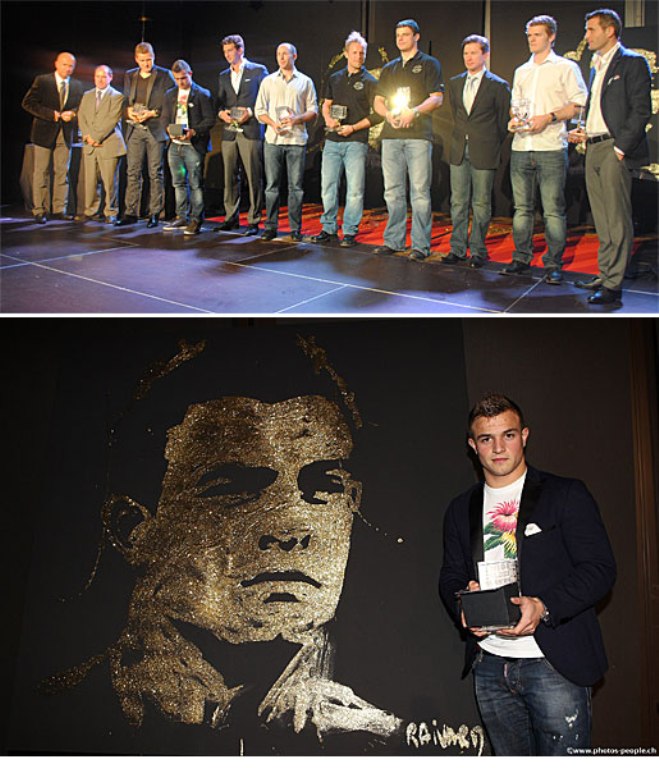
The Swiss professional footballers’ association SAFP handed out its Swiss Golden Player Awards 2011. Xherdan Shaqiri is the youngest winner ever of this Best Player Award.
All professional footballers in Switzerland (first and second division) were asked to participate in the election for the Golden Player Awards for the 2010/2011 season.
Shaqiri not only received the award for Best Player of the Swiss Super League, he also collected the trophy for Best Midfielder and Best Young Player. Last year, he was also voted the Best Young Player.
In the 2010/2011 season, his second full season as a professional footballer, Shaqiri established himself as a real force in the Swiss Super League. The left footed midfielder helped FC Basel 1893 repeat as Swiss champions, playing 29 games and scoring 5 goals for the club he already joined in 2001.
Shaqiri became a regular in the Swiss national team. In total the twenty-year old midfielder has made 17 appearances for the Swiss team, scoring 4 goals. Shaqiri helped Switzerland’s U-21 team qualify for the 2012 Olympic Games in London.
In 2006, Mladen Petric was the first winner of the Swiss Golden Player Award. Hakan Yakin (2007/2008), Almen Abdi (2008/2009) and Seydou Doumbia (2009/2010) picked up the award in the subsequent years.
The Swiss players handed out four more awards: Andris Vanins (FC Sion) was the Best Goalkeeper, David Ángel Abraham (FC Basel) was the Best Defender, Alexander Frei (FC Basel) was the Best Forward and Silvio (Lausanne Sport) was the Best Player of the Challenge League (the second division).
*****
Source: Fifpro News. http://www.fifpro.org/news/news_details/1787

This IOM presentation gives an overview about facts and figures of diaspora groups from the Western Balkans.
Diaspora for Development: The Western Balkans Experience
2011
Author: Sacha Barnes
See the presentation here.
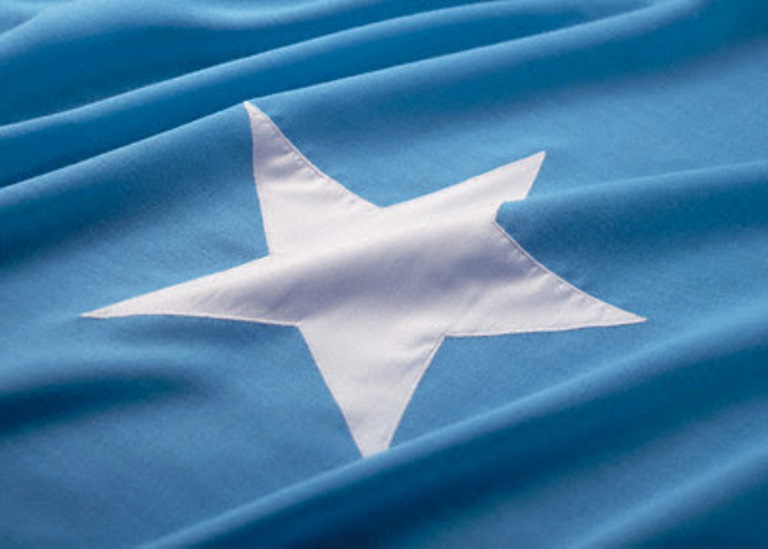
Somali Diaspora involvement in states development increases
Watch the report (2010) here:
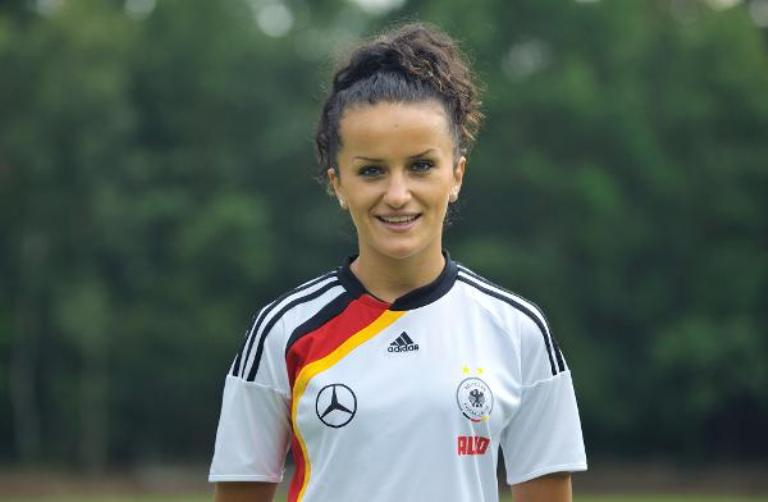
Fatmire Bajramaj and her family fled to Germany from Kosovo as Yugoslavia broke apart in conflict in the early 1990s. She began playing soccer as a 6-year-old without her father’s knowledge or permission.
At first, she played at recess and after school with her older brother. Secretly, she joined a club team, using equipment lent by her brother and cleats borrowed from a teammate that she returned after each practice and game.
“My father wanted me to be a singer or an actress,” Bajramaj, who is known as Lira, said in a recent telephone interview, speaking through an interpreter. “He told me that football was for men, not for women.”
Yet today, at 23, Bajramaj (pronounced BUY-rah-mye) is a star midfielder on the German women’s national team, the lone Muslim player on a squad that is seeking its third consecutive World Cup title, beginning with Sunday’s opening match against Canada before a crowd of 70,000-plus at Berlin’s Olympic Stadium. The 16-team tournament, which features the United States and Brazil as the expected top challengers, will end July 17 in Frankfurt.
German soccer officials hope the World Cup will provide a marketing boon for the women’s game and will also enhance their efforts to promote the country’s national sport as a means of social integration. In Germany, a third of all children are born to immigrant families, and the issue of assimilation — or the lack thereof — has become an urgent political concern.
Building on the success of the 2006 men’s World Cup in Germany, German soccer officials said the sport’s national federation had spent more than $27 million on a project to encourage integration. The program includes the building of 1,000 small fields, developing a joint arrangement between soccer clubs and 17,000 chosen schools and devising an ambassador campaign featuring star German players like Bajramaj and Mesut Özil, a midfielder of Turkish descent on the men’s team.
A parallel program started by a university professor, called Football Without Offsides, encourages girls, most from Turkish, Arabic and Eastern European backgrounds, to play soccer at school at ages 9, 10 and 11 — sometimes with their mothers playing alongside them.
Theo Zwanziger, the president of the German soccer federation, is fond of saying, “It does not bother the ball who hits it.”
Heike Ullrich, the head of women’s soccer in the German federation, said this means: “Football is for everybody, man, woman, black, white, green, all races, all religions. Everyone should have a chance to come in contact with the ball. It unites people.”
When the Bajramaj family arrived in Germany from Kosovo in 1993 and settled in a refugee center, Lira was 5. She said she felt resentment from some locals as she went to and from kindergarten, hearing taunts like “gypsies” and “go back where you came from.” At 6, she joined a soccer club in Giesenkirchen, and later played in nearby Mönchengladbach.
“I was the only girl,” Bajramaj said. “At first, the boys didn’t accept me. When they saw I could play football, they decided to play with me. Then they were fighting about which team I should play with.”
Two years after she began playing, Bajramaj said, her father, Ismet, attended a match to watch her older brother, Fatos, and by accident learned that his daughter had also taken up soccer. His response was surprise and acceptance, she said, not disapproval.
“He told me I was very good,” she said. “Now he is my biggest supporter.”
In 2007, Bajramaj came on as a late substitute as Germany won the Women’s World Cup final over Brazil. A year later, she scored both of Germany’s goals in a victory over Japan for the bronze medal at the Beijing Olympics. In 2010, her club team, Turbine Potsdam, won the inaugural European women’s Champions League title.
“Playing football is what helped me integrate,” Bajramaj said. “First, the language. And later I learned a lot about the culture and the cities. In Germany, I am welcome because I play football. And Muslims can see that even though I’m in football, I’m very religious.”
In addition to Bajramaj, three other players on Germany’s Women’s World Cup team have immigrant roots from Cameroon, Italy and Romania. Germany also has about 30 female players from immigrant backgrounds on its youth national teams, soccer officials said. A handful of Muslim women also play in Germany’s professional league, Bajramaj said. Still, cultural and religious barriers exist.
Many Muslim families do not want their daughters playing in shorts, with their arms and legs and heads uncovered. Yet, at the elite level, head scarves that also cover the neck are prohibited by FIFA, soccer’s world governing body, for reasons of player safety. The governing body also bans the expression of religious beliefs on uniforms.
Three years ago, a German girl was given a red-card expulsion from a youth match for wearing a head scarf, said Ulf Gebken, the founder of Football Without Offsides and a specialist in sport and social integration at Carl von Ossietzky University in Oldenburg, Germany.
The German soccer federation was petitioned, and it amended its rules to allow head coverings for lower-level leagues, Gebken said. Ullrich, the head of women’s soccer in the federation, said: “When we get this question, I say to people, ‘Just let them play.’ If it’s not the highest league, it’s not a problem.”
Football Without Offsides has expanded to about 300 schools and 80 club teams in 120 German cities, Gebken said. A key element of the program is inviting young girls from immigrant families to play at school with their mothers — outside the presence of boys.
“We’re not going to solve all the problems,” Gebken said. “But when we make tournaments of daughters and mothers, the mothers are very happy their daughters are playing football. Then we have a chance. If a girl is a very good swimmer or runner, hardly anyone notices. But if the girl is good in football, the family is proud. The girls will come out and play, and there is the chance for integration and emancipation.”
So far, five Muslim women in their late teens and early 20s have become referees, Gebken said. What is needed, he said, are many more female coaches. Half of the club teams in his program still have male coaches.
As of now, most German girls from immigrant families wear the jerseys of their favorite players on the men’s national team, not the women’s team, Gebken said. Players like Özil and Sami Khedira, a midfielder with a Tunisian father. At the 2010 men’s World Cup in South Africa, 11 of Germany’s 23 players came from immigrant backgrounds and the team was widely celebrated for its multiculturalism.
“Last summer, many Turkish people were proud,” Gebken said. “If Lira Bajramaj is a star in this World Cup, a lot of people will look at her. This is very good marketing for women’s football. Will it help integration? We will see. Maybe girls will start wearing the jerseys of the women’s players in Germany.”
New York Times article about Fatmire Bajramaj
By JERÉ LONGMAN
(June 25, 2011)
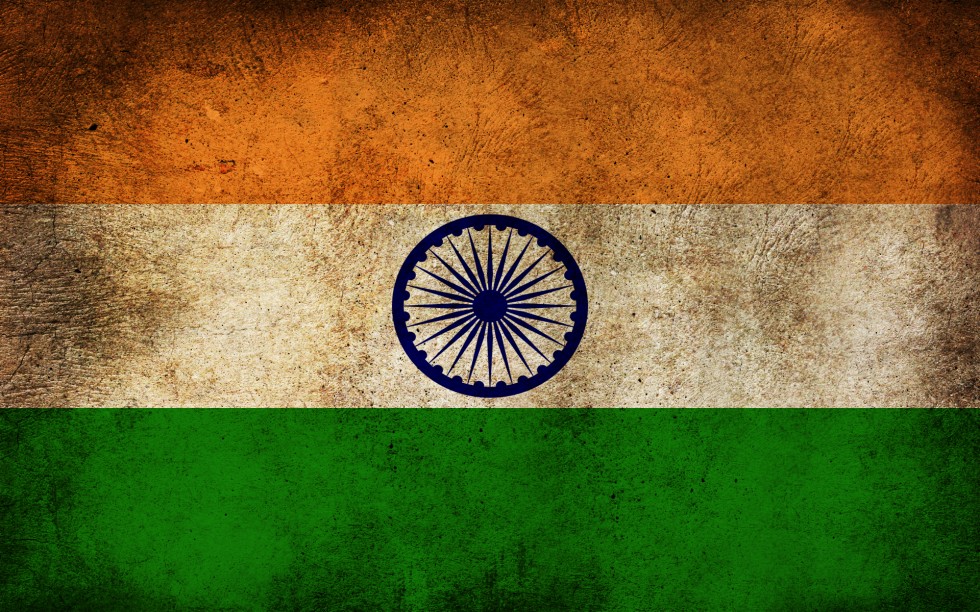
Indians have travelled to distant lands at various stages in history; first as travelers, then as indentured labourers, and finally, as skilled professionals settled in different parts of the world. The Indian diaspora today is spread out all over the world contributing to the global knowledge economy. The diasporic community often separated from their homeland by several generations knows little or nothing about their roots. In an effort to connect the community with their heritage and ancestry, the Ministry of Overseas Indian Affairs has started the ‘Know India Program’ (KIP). The film covers the program in its 5th year as young overseas Indians spend three weeks traveling to different places in the country, absorbing the Indian culture as more than tourists.
This film, one of a 10-part film series on the Indian Diaspora, is the story of Canada’s Indian Diaspora that has come full tilt…from not having voting rights at the turn of the 20th century, to becoming highly respected and extremely valued members of Canadian society.
This film looks at the various sectors in which Indian Canadians have excelled as well as explored their dual bonds with the two countries they love… India, their ancestral home and Canada, their adopted home.
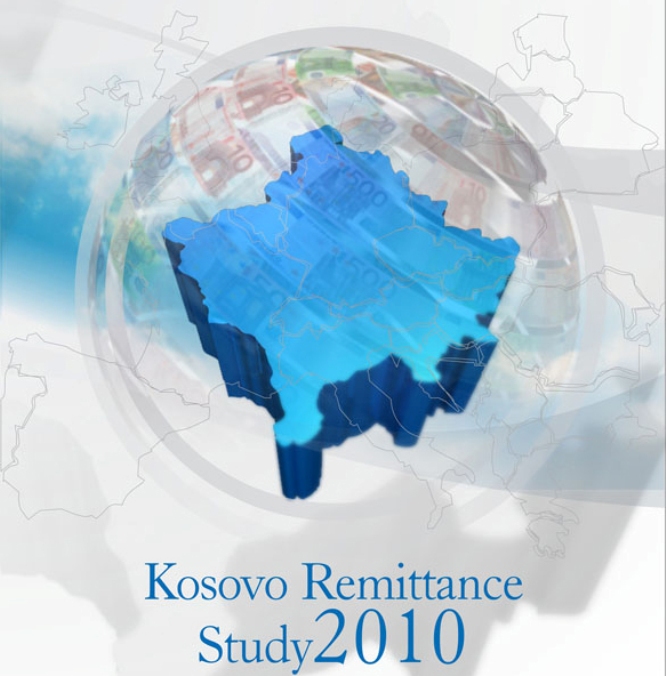
The UNDP 2010 Kosovo Remittance Study presents a detailed examination of the role of remittances as a source of financial support to Kosovans by analyzing the data collected from a survey of 4,000 households. It explores the recipient and non-recipient household profiles, their income and expenditures.
The study also looks at the flow and channels of remittances, their use as well as effects of remittances on receiving households.The Study is part of an effort to better understand the flow, use and effects of remittances on Kosovo and its development prospects.
Additionally, the Study strives to address the need for an integrated framework of both quantitative and qualitative analysis, with the aim of presenting a more detailed examination of the role of remittances as a source of financial support to Kosovans.The Kosovo Remittance Study 2010 research was commissioned by UNDP and made possible through contribution of USAID and technical expertise by the International Monetary Fund (IMF).
Read the report here.